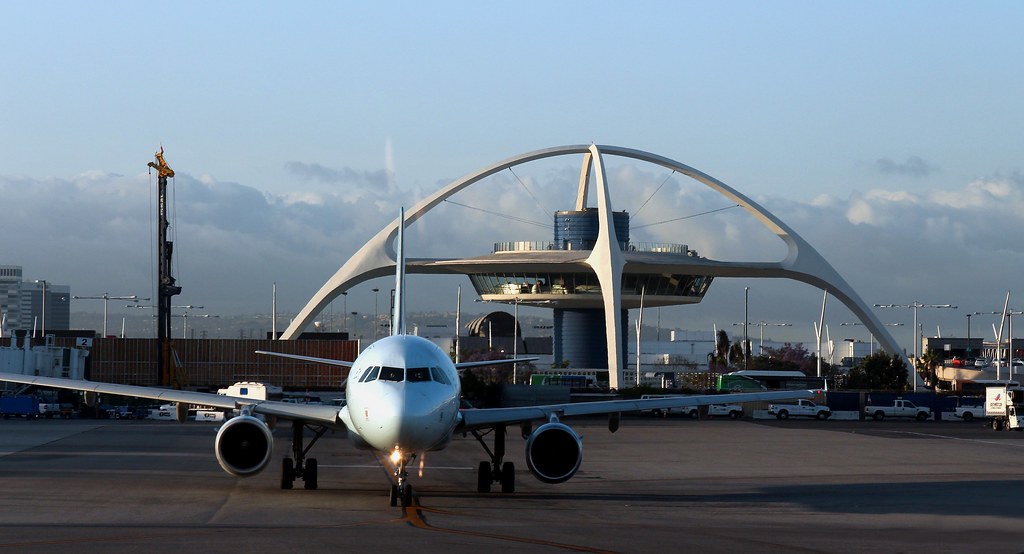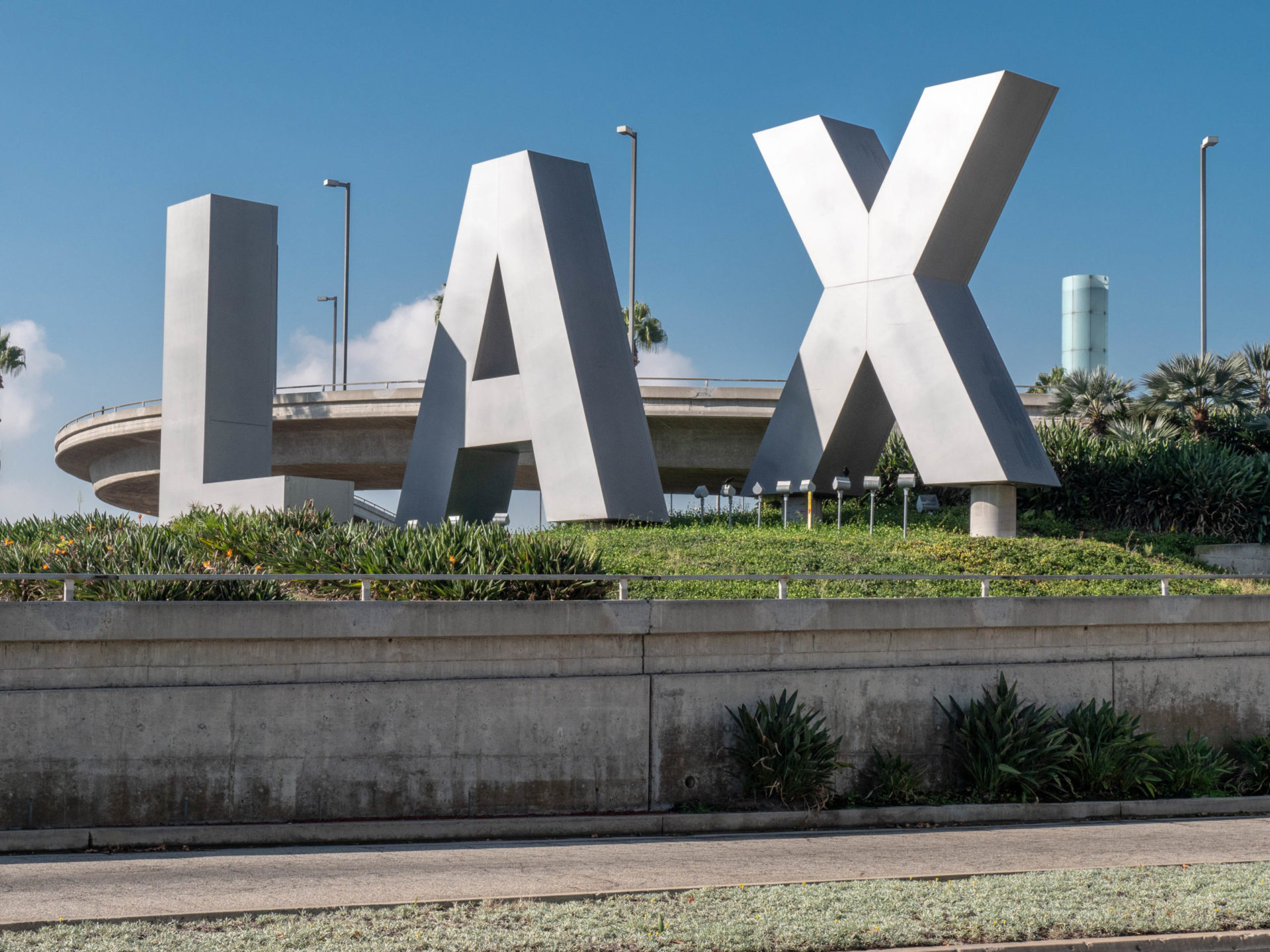Los Angeles International Airport, commonly referred to as LAX, is the primary international airport serving Los Angeles and its surrounding metropolitan area. The airport is operated by Los Angeles World Airports (LAWA), a branch of the Los Angeles city government, that also operates Van Nuys Airport for general aviation. The airport covers 3,500 acres (1,400 ha) of land and has four parallel runways.
In 2005, Los Angeles International Airport (LAX) won Airports Council International-North America (ACI-NA) Environmental Achievement Award in the large-airport class for constructing the first retail hydrogen-fueling and generation station at an airport.

At the station, hydrogen is produced on-site by using electrolysis, applying electricity to water in order to separate hydrogen molecules from oxygen molecules. The oxygen molecules are vented to the atmosphere and the hydrogen gas is compressed and stored for dispensing into fuel-cell vehicles.
Hydrogen fuel-cell vehicles are zero-emission vehicles that eliminate all pollutant emissions. The Los Angeles World Airports (LAWA) says the new hydrogen fueling facility demonstrates its commitment to a comprehensive alternative-fuel vehicle program that is incorporated into daily airport operations.
The hydrogen-fueling station at LAX is a joint project among BP, Praxair, LAWA, South Coast Air Quality Management District, California Energy Commission, and the U.S. Department of Energy — all of which helped fund the nearly $2-million construction cost.
The station is being used to fuel hydrogen-powered demonstration cars supplied by a variety of automobile manufacturers. The facility also serves other Los Angeles City departments that have hydrogen-powered vehicles, and in the future, will serve private customers and other public agencies.
According to greenbiz.com; en.wikipedia.org. Source of photo: internet








